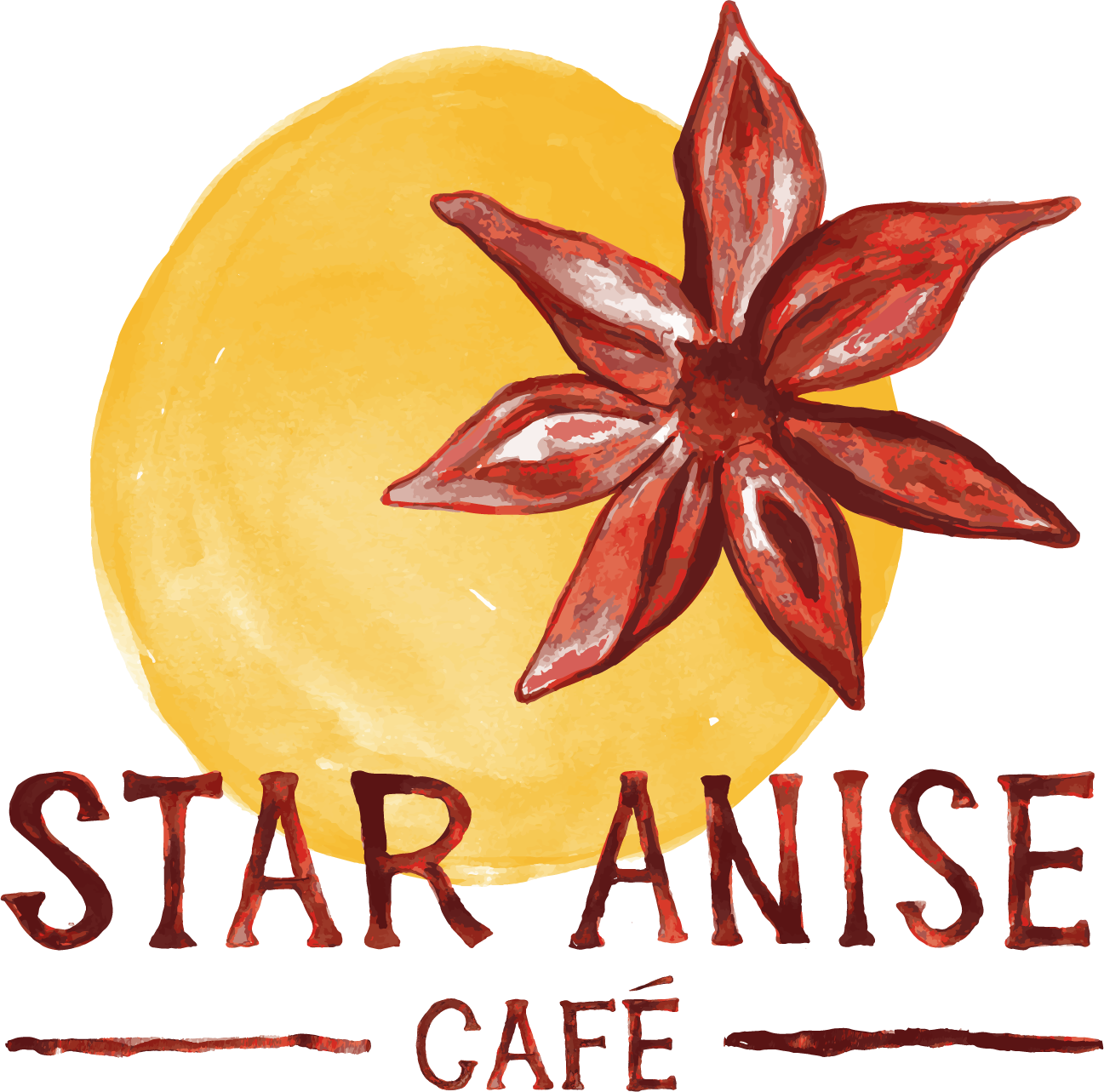Sourdough Bread - Why is it so DELICIOUS?
Why is Sourdough Bread so DELICIOUS?!
Well… because humans like you and me enjoy foods that are easier to digest. It’s a biology thing. An evolution thing. It’s science, ok? We’ll get into that later, but first a bit of a rant on the amazingness that is bread.
Bread really only has three ingredients: flour, water and salt. Nobody can live on JUST flour and water – it’s indigestible. But once you start making it into bread, the grain from the earth, the wild yeast in the air, the fire of an oven and water come together to make a historically sacred food that can sustain you indefinitely.
Before bread, people simply crushed some grains and mixed it with water – porridge. About 6,000 years ago, when some dude forgot about his breakfast and left it out. He noticed that the porridge changed – it smelled weird, it looked weird… it was bubbling. It had started to ferment. But… waste not want not, he cooked the porridge and lo and behold, sourdough bread was born!
Today, sourdough bread is made using a ‘mother’ or starter – a combination of flour and water that’s left to ferment for several days. Over that time, wild yeast that’s abundant in the air interact with the lactobacilli (bacteria) that is naturally present in the grain flour. It quite literally comes alive, and grows indefinitely – all it needs is regular feeding of a little more flour and a little more water. The sourdough starter is added to dough and left overnight to rise slowly and ferment further. Our starter came from Clive Mellum, master baker, formerly of Shipton Mill. It is at least 20 years old. Needless to say, we are still sourcing our organic stone milled flour from Shipton Mill today.
Sourdough bread-making is a slow and laborious task. One can only bake a few at a time, the starter sourdough takes DAYS to ferment and must be kept in small batches, the breads need to rise for at least 8 hours and the dough needs to be properly kneaded. Historically, it was not a cheap commodity, but a sacred household staple for which villages and communities had to rely on a close-knit cooperation between the grain farmer, the flour miller and the baker.
Then, the war came. We needed to find a way of supplying bread to the troops en-masse and quickly; this was the advent of WonderBread and modern-day sliced bread. The breads were risen quickly using flour treatment, extra gluten and commercial yeast were also added. Fat was added to maintain the bread’s softness. Sugar and other preservatives were also added to extend the bread’s shelf life, so that no food is wasted rationing became more efficient. The breads were also artificially fortified with calcium and other such things to compensate for the lack of dietary variety in the rations. It made total sense.
But it doesn’t anymore. Over the last 60 years, reports of gluten intolerances and coeliac disease has risen by over 400%, and the demand for gluten-free products followed suit. Over the last ten years, we have also seen a growth in popularity of sourdough breads among other artisan loaves – even Pizza. As more local artisan bakeries pop up, sales of sliced bread in supermarkets have declined (by 32% in 2012).
There is clearly a correlation between consumption of commercial bread and gluten intolerances. But what about proper sourdough bread? Gluten intolerances didn’t seem to be a thing until the latter half of the 20th century… so what if we just ate properly baked bread?
Well, I said earlier that sourdough bread is so delicious because it’s easy to digest. This is down to that magic that happens during the slow fermentation. Overnight, all sorts of stuff happens to the dough. It becomes a living thing. It becomes more nutritious. It becomes more than the sum of flour and water.
During this process, the living yeast and lactobacilli breaks down the gluten, rendering it practically harmless even to those with gluten intolerances and thus easier to digest.
You might also notice that when you put a piece of sourdough bread in your mouth, you literally start salivating. Immediately, the enzymes in your mouth start to break down the bread before it gets to your gut – easier digestion. By comparison, eating commercially baked sliced bread has quite the opposite effect – it dries out your mouth.
The long fermentation produces a myriad of nutrients such as: iron, zinc, magnesium, anti-oxidants and folic acids – all of which are essential for the absorption of b-vitamins consumed through other foods.
Bonus points for sourdough bread – it doesn’t go stale very quickly. It is quite literally, as well as energetically, alive and carries itself through nearly a week before its flavour and texture starts to degrade.
If you got to the end of this and are hungry for sourdough bread, then good. On a Saturday morning, there are four places in Stroud within less than 10 minutes of each other to buy bread:
Hobbs House Bakery at the Farmers Market
Sunshine Health Food Shop
Star Anise Arts Café
Salt House Bakery at the SVA
You can even give sourdough pizza bases a try:
Velo Bakery Pizzas at The Stroud Brewery from Thursday – Saturday. They also sell sourdough loaves and other artisan breads.
Fat Toni’s Take Away offers real value for money, with sourdough bases made from a 200+ year old starter all the way from Ischia, Italy.
So, there you have it. Give sourdough a try and let us know what you think! We love hearing from you as much as we love bread. Well. Almost.




